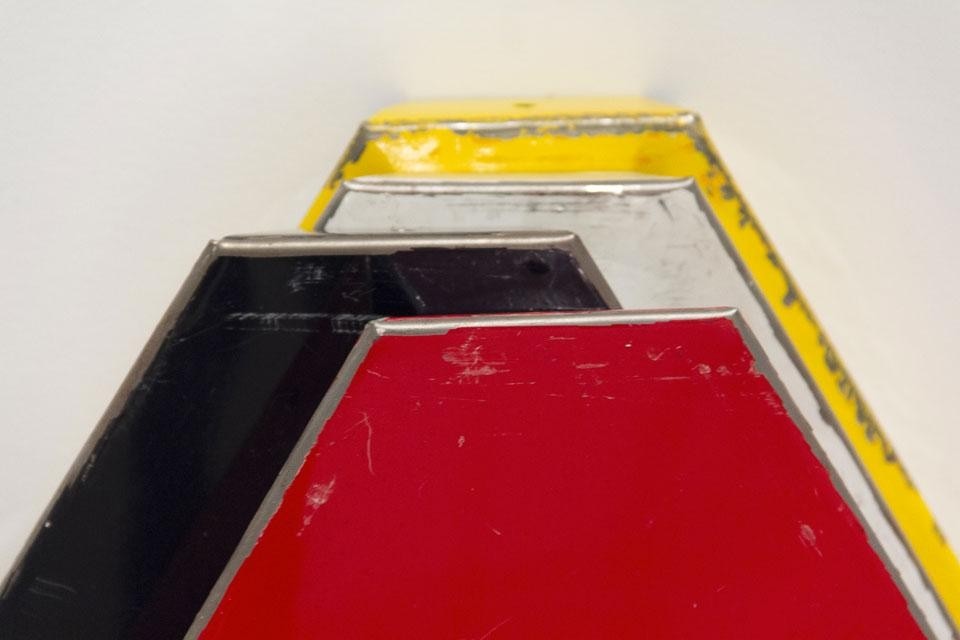documents and journeys
ruptures and hinges [1 ]
The exhibition The particular way in which a thing exists, curated by Michèle Thériault at the Leonard & Bina Ellen Art Gallery in Montreal, brings together some of New York-based artist Martin Beck's work from the past 12 years. Less retrospective than introspective, it is curated as a restatement and display of Beck's particular approach to exhibition practice and art production. On the day of the Montreal Santa Parade, I met up with him for a conversation on his art practice, ways of dealing with history, and of looking at things.
Victoria Øye: Looking back at your work, there seems to be a keen interest in the history of late modernism. You have dealt with such diverse topics as George Nelson's Struc-Tube exhibition system, Paul Rudolph's Art and Architecture Building at Yale University, the 1970 "Environment by Design"-themed International Design Conference in Aspen, and, lately, with the U.S. commune movement of the 1960s and '70s. Is there any overarching thesis that characterizes your practice and approach to history?
Martin Beck: One could say that I have a specific interest in paradoxical moments in the immediate past. The various objects, events, and narratives I am drawing from point to transformative junctures in recent history, moments when things shift and change, when it is not quite clear which way things will be going, moments with contradictory futures and multiple pasts. The paradox is key to that interest as it offers a metaphorical figure in which multiple and complex pathways are condensed. This convergence of possibilities and impossibilities is something that I am keenly interested in; as a way of thinking, as a way of looking, and as an investigation of what art is capable of.
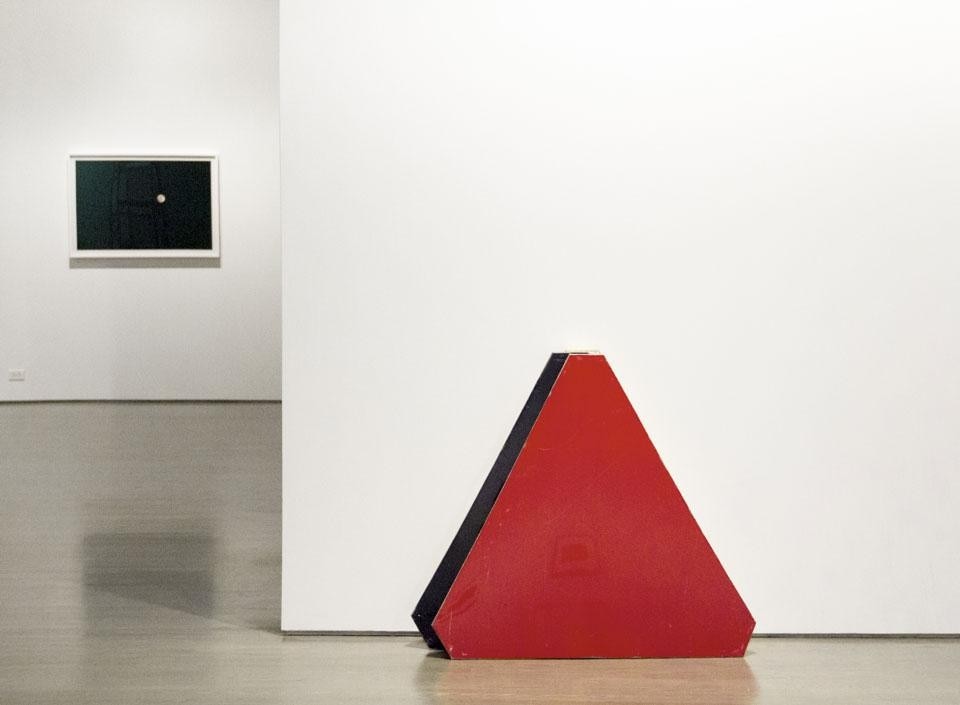
I don't think so. The paradoxes are inherent. I don't think that these moments can or should be "fixed." Their mobility and uncertainty is, partly, what makes them intriguing. That is the beauty and potential of such historical paradoxes: they exist as conflictual relationships that remain in flux. Conventional storytelling, narrative, and, to a certain degree, history writing, has a tendency to induce closure. The histories I am interested in are neither linear nor teleological. That is what makes them interesting from an artistic point of view; that is the reason why one can "do" things with them, why they still speak.
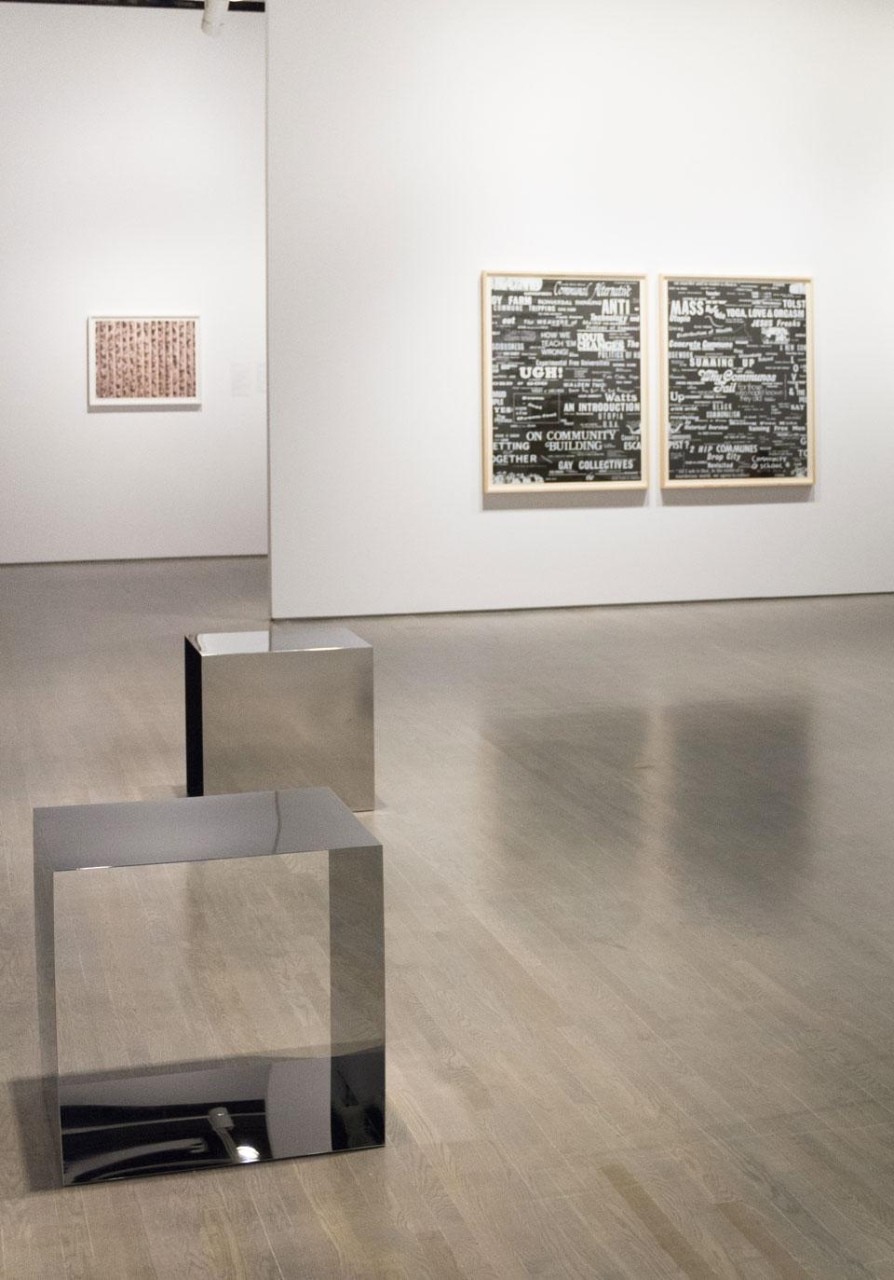
The work uses the building as an emblem for how the same physical object can mean very different things in time. The discursive trail of writing, description, and criticism that the building has generated points to three quite different phases of how it is understood. In the early 1960s, it was hailed as the pinnacle of modernism: its integration of space, material, and inside-outside relationship was considered the achievement of modern architecture. But, soon enough, the same spatial qualities became associated with institutional power. As society and culture were changing in the second half of the 1960s, as youth movements and student protests were evolving, the perception (and role) of what modernism stood for also changed. The building came to embody a failure of modern functionalism. Despite its spatial integration it came to stand in for modernism's unfulfilled promise of emancipation. On June 14, 1969, during student protests at Yale, the building caught fire. It was rumoured that the fire was set deliberately, although an investigation found no proof of arson. This event dramatically altered the building's standing. Suddenly, the same object, the same physical forms meant something very different, the building became the icon for "why modernism didn't work." About fifteen years later the building's reception changed again and it started to be inscribed as a master piece into the larger canon of 20th century architecture. The three bibliographies trace these different discourses. Between the images and the bibliographies, the viewer looks at the same object from multiple points of view. These seemingly contradictory encounters, again, point to the figure of the paradox.
What I am interested in are ways of looking, modes of imaging, issues of communication and, especially, communication through display. In that way, the work investigates the space between the social and form. And as such, I believe, it is very much about the present tense
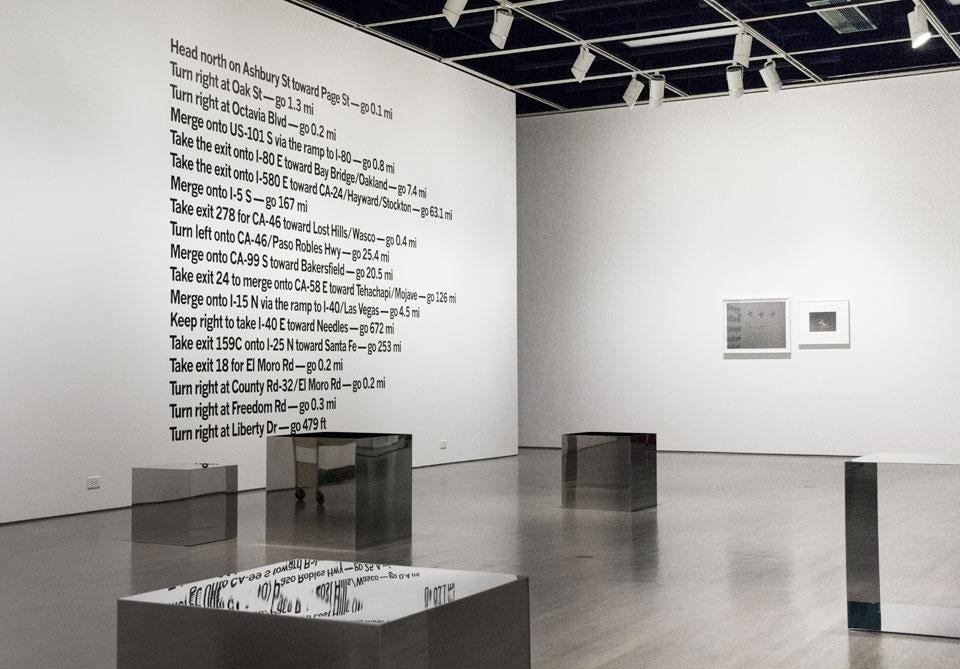
I was interested in it on two levels: the obvious one is, of course, the conversation about the role of ecology in relation to design. In addition, I was looking at it as a communication platform and relating the panel format to my investigations into exhibition history: how the speaking panel relates to the exhibition panel.[2] That conflation allowed for a fascinating intersection between the discourse on ecology and the material facts of communication.
I was also interested in the figures who came together at the conference which was a remarkable gathering of three very different groups of people representing different worlds: modern design represented by Nelson, Herbert Bayer, Saul Bass, etc.; the student movement, activist architecture and environmentalism represented by Sim van der Ryn, Michael Doyle, Ant Farm, etc.; and the critique of ideology represented by a French delegation from the context of the Utopie group, including Jean Baudrillard. The conference organizers insisted on their traditional speaking set-up with lecturers at a podium speaking to a seated audience, thereby preventing any of the new communication formats that the younger generation brought with them to unfold. The consequence was not only a conflict but a communication breakdown. One can see the 1970 Aspen conference simultaneously as the end and the beginning of an era, in terms of communication and, of course, in relation to the discourse about ecology and the environment. Aspen happened and everything was different after.
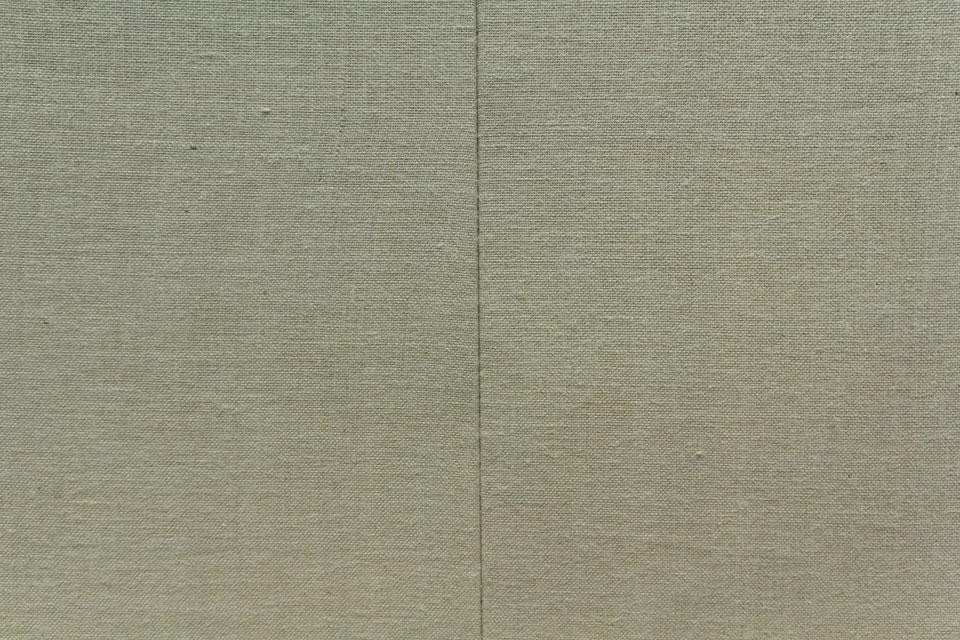
At stake, I would say, was an intergenerational dialogue about the role of design in meeting the environmental challenge that modern societies were facing. The conference's board tried to pick up the pieces the year after, but eventually had to realize that the modern design discourse and its ways of relating to a public had become a thing of the past. New ways of thinking about the environment were evolving; and the functionalist ethos of modern design and its communication tools were unable to connect to it.
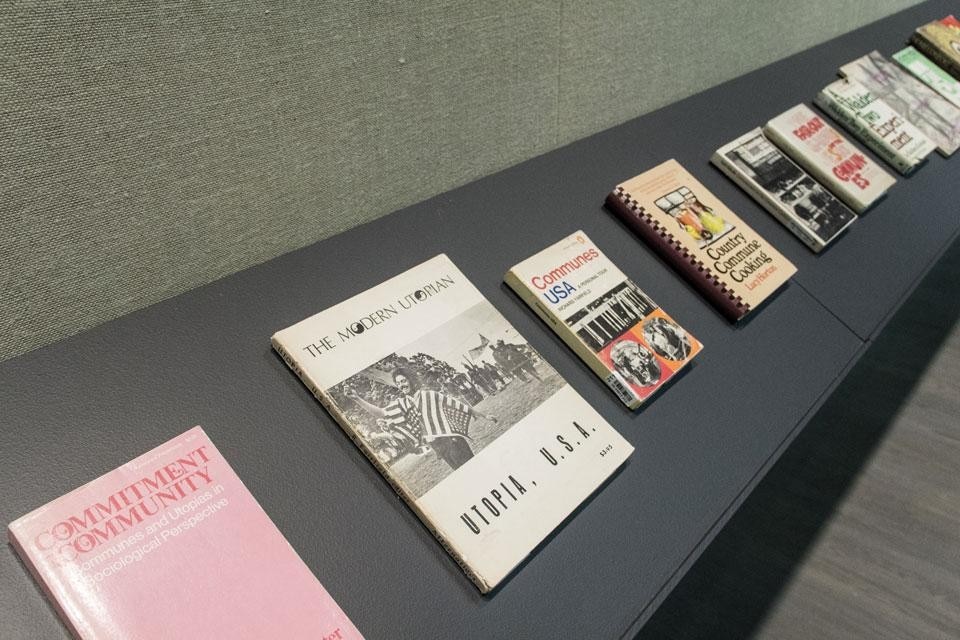
One of the layers in my project about Aspen was the development of the so-called Aspen Movie map, a pioneering surrogate travel system from the late 1970s that is based on film footage shot in the Colorado resort town. The question asked in the project is how a user perceives movement, specifically turns. How can we tell, in filmed imagery, if we are making a 90 degree turn or just a 60 degree turn? Representing a turn and the cognitive challenge that comes with it is, of course, a great metaphor for looking at history as it is connected to imaging. Thinking along the lines of the Aspen Movie Map, I connected orientation in physical space to orientation in time. The present tense journey from one historical location to another became an intriguing model for negotiating image production in relation to space and time.
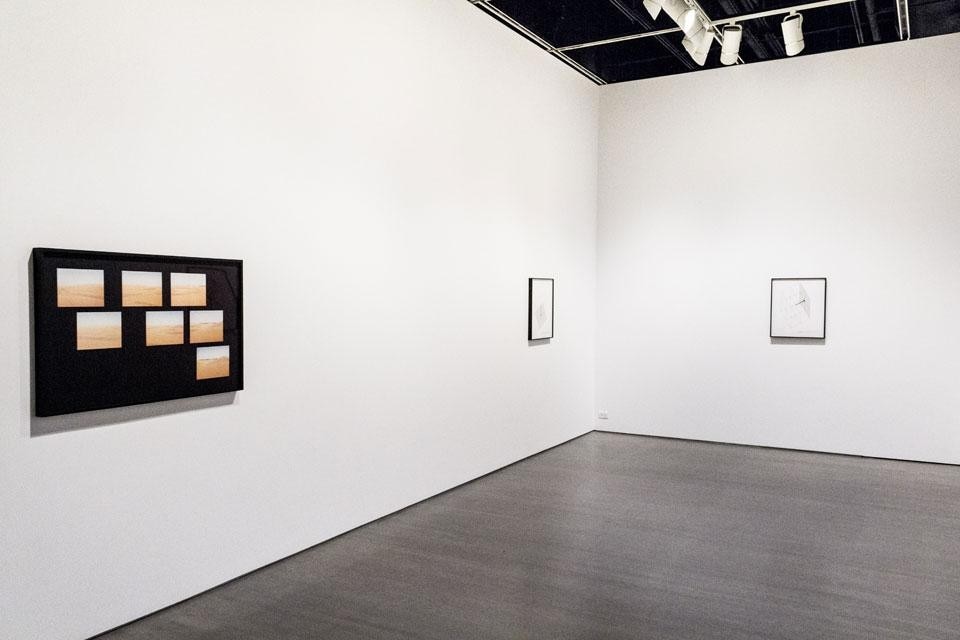
The film only images waypoints — those locations where a change of direction is necessary in order to reach a destination. Some of the distances between the waypoints are substantial; most of the journey occurs between them. But the film does not image the space between the waypoints, it simply turns to black and stays black for a little while before the next waypoint shot appears. The journey itself is left to the viewer to image. In the preparatory discussions with the exhibition's curator, Michèle Thériault, we talked a lot about the motif of the gap, the emptiness between things. We asked: "Could one think the exhibition (and my practice that it represents) as a collection of gaps?" Since we did not want to restage whole exhibitions we had to resort to fragments thereof, and the thought of the gap became a curatorial leitmotif. In the installation at the gallery, blank spaces are important, also broken symmetries and sightlines. The space between the works took centre stage. Works inhabit the periphery, the margins, of the space while the centre of the walls is mostly left blank.
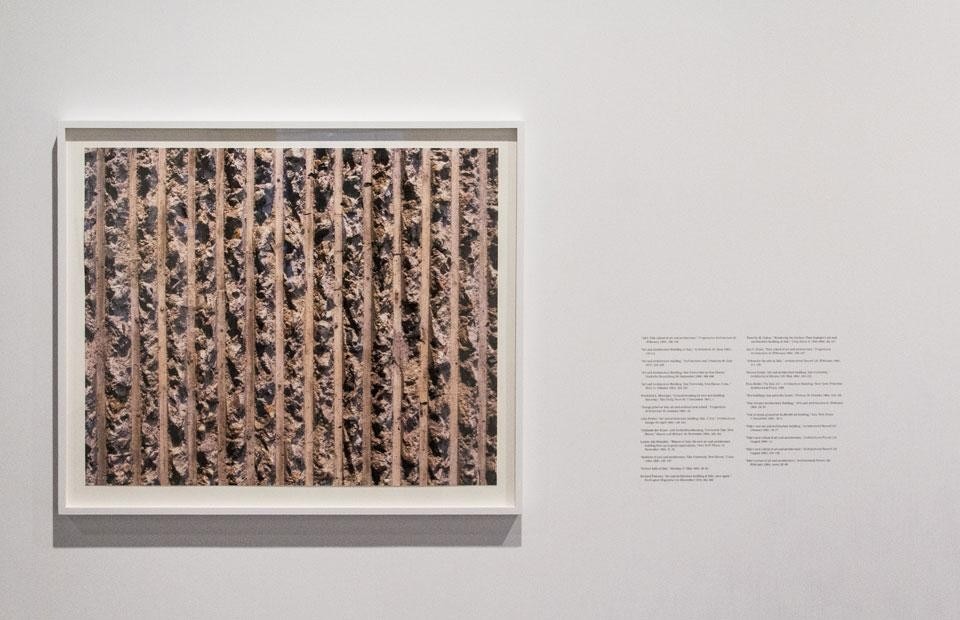
In an interview with Michel Foucault, Raymond Bellour describes the historian as someone with a passion to respond to "infinite rumours" or "endless murmurs" of the archive. [3] It is as if the archive has a continuous sound with the potential to reconstitute our present through the ruins of the past. I have always found that passage very intriguing for what I do. But although my work touches on histories, history is only a tool for the work, not its subject. What I am interested in are ways of looking, modes of imaging, issues of communication and, especially, communication through display. In that way, the work investigates the space between the social and form. And as such, I believe, it is very much about the present tense.
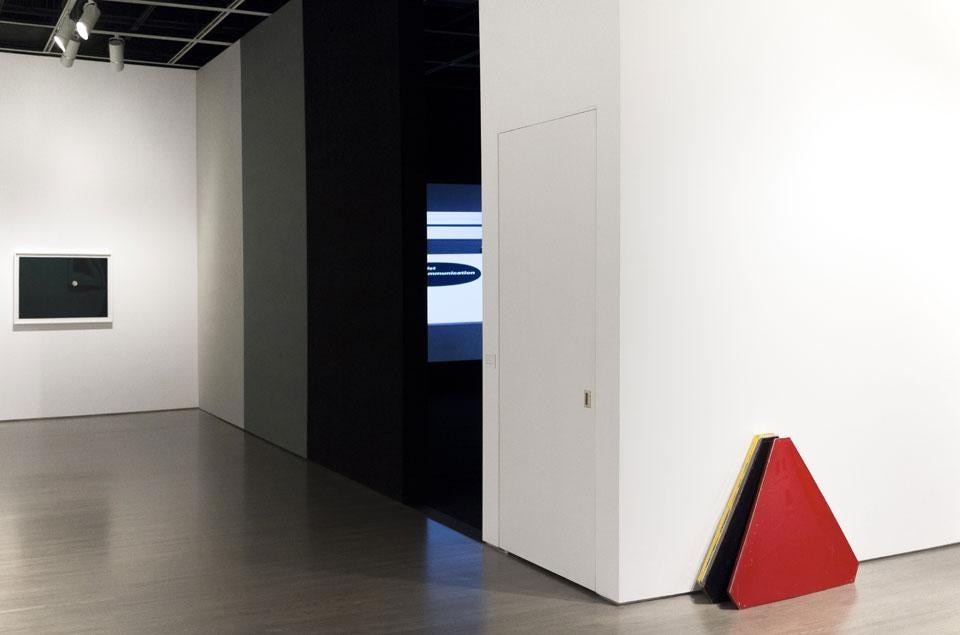
The particular way in which a thing exists
Leonard & Bina Ellen Art Gallery
1455 Maisonneuve Blvd, Montreal
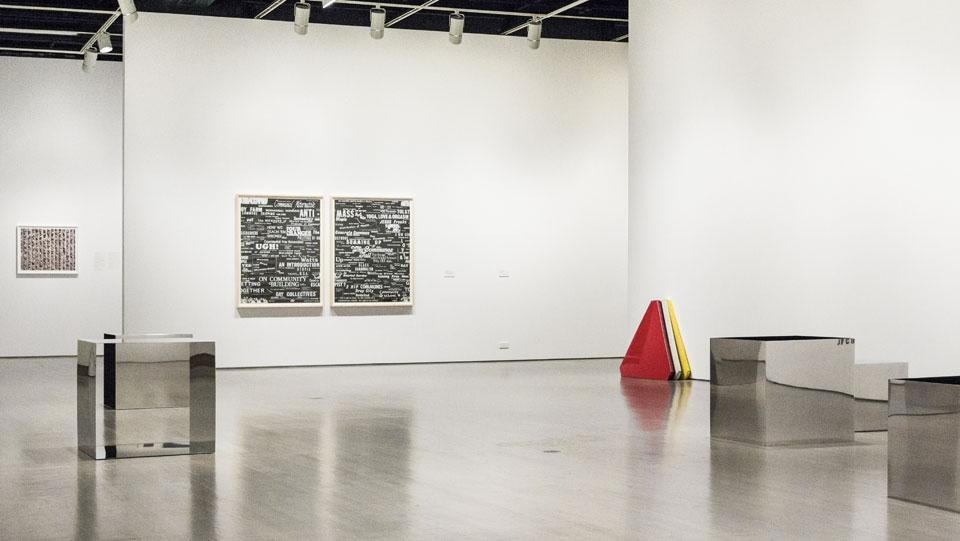
1. Martin Beck, "This time we'll keep it a secret," Triple Canopy 18 (January 2013)
2. Beck's exhibition was titled "Panel 2—'Nothing better than a touch of ecology and catastrophe to unite the social classes…'" It was on view at Gasworks in London (2008) and at the Arthur Ross Architecture Gallery at Columbia University in New York (2009). His book The Aspen Complex (Berlin: Sternberg Press 2012) documents the two versions of the exhibition and offers in-depth research on the 1970 International Design Conference in Aspen as well as the Architecture Machine Group's Aspen Movie Map.
3. Michel Foucault, "The Discourse of History," in Foucault Live: Collected Interviews, 1961–1984, ed. Sylvère Lotringer, trans. John Johnston, (New York: Semiotext(e), 1989).


